Palatial flock — Photo
L
1333 × 2000JPG4.44 × 6.67" • 300 dpiStandard License
XL
2857 × 4285JPG9.52 × 14.28" • 300 dpiStandard License
super
5714 × 8570JPG19.05 × 28.57" • 300 dpiStandard License
EL
2857 × 4285JPG9.52 × 14.28" • 300 dpiExtended License
Flocks of birds roosting on the jharokhas, or overhanging balconies, of the 17th century palace at Deogarh, Rajasthan in India
— Photo by pjhpix- Authorpjhpix

- 80370172
- Find Similar Images
- 4.5
Stock Image Keywords:
Same Series:
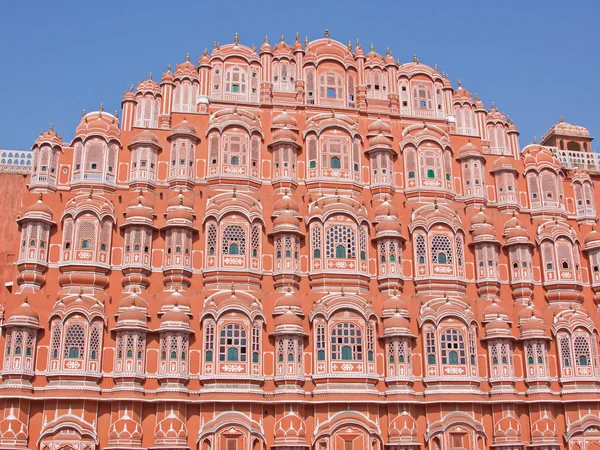


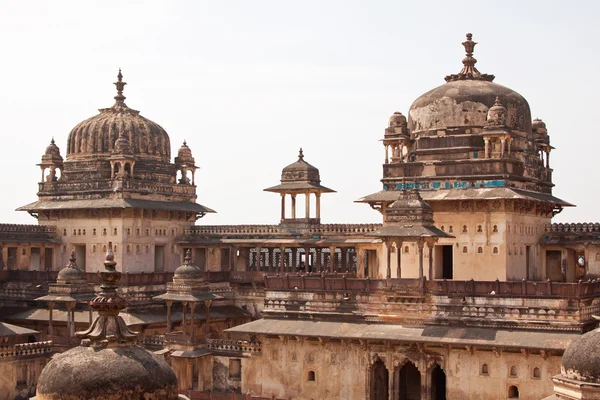
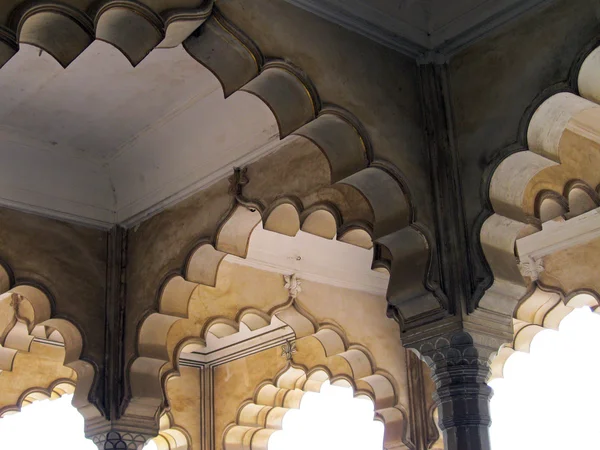
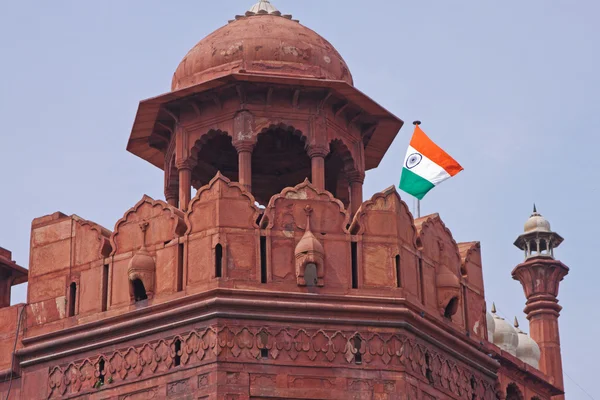
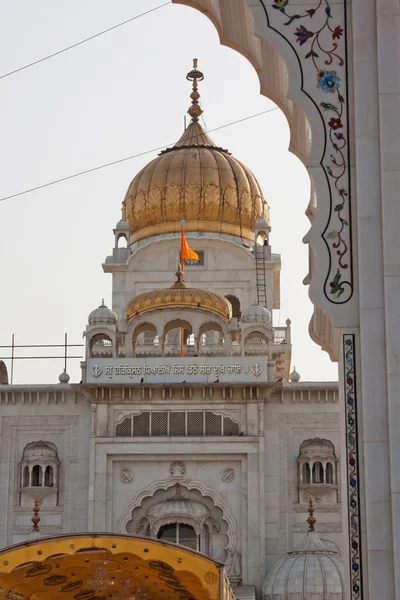
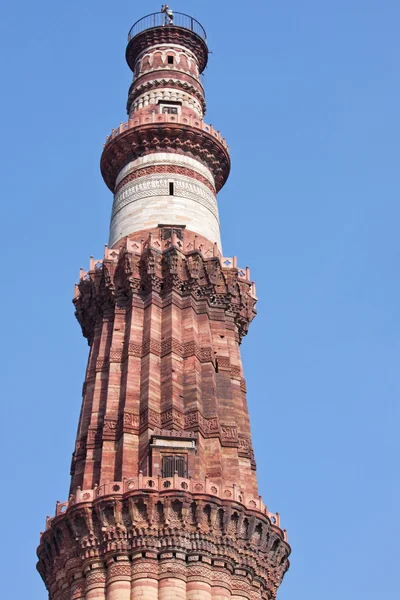
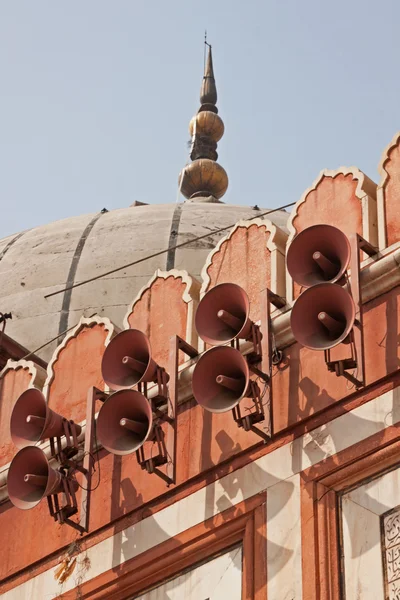

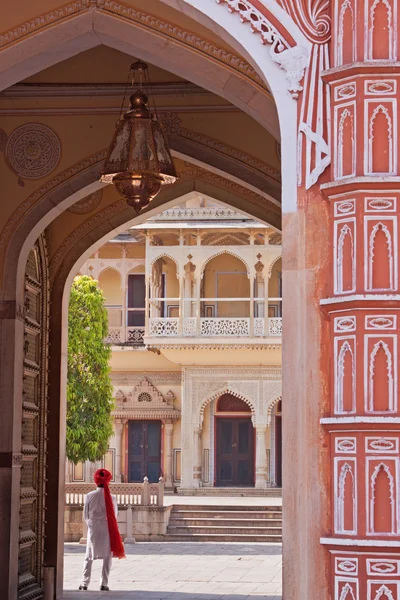

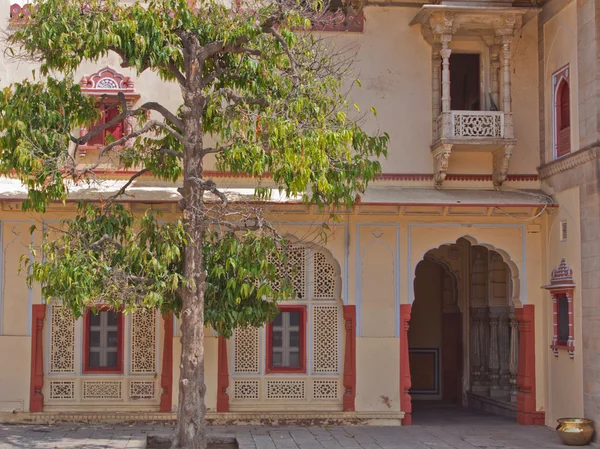
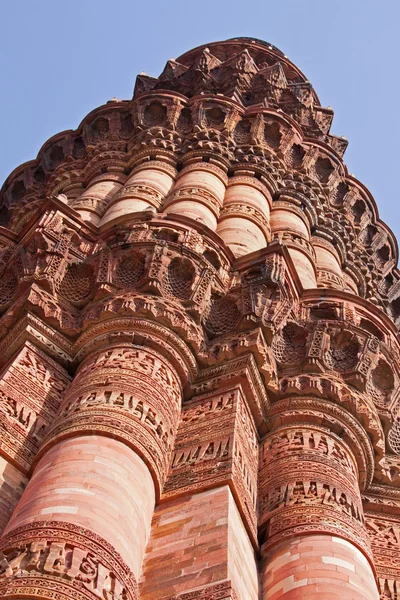
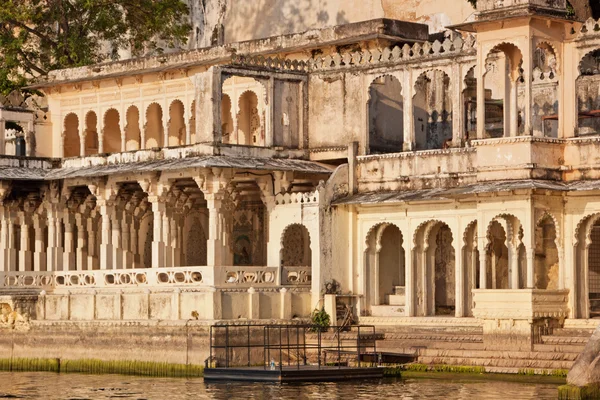

Usage Information
You can use this royalty-free photo "Palatial flock" for personal and commercial purposes according to the Standard or Extended License. The Standard License covers most use cases, including advertising, UI designs, and product packaging, and allows up to 500,000 print copies. The Extended License permits all use cases under the Standard License with unlimited print rights and allows you to use the downloaded stock images for merchandise, product resale, or free distribution.
You can buy this stock photo and download it in high resolution up to 2857x4285. Upload Date: Aug 10, 2015
